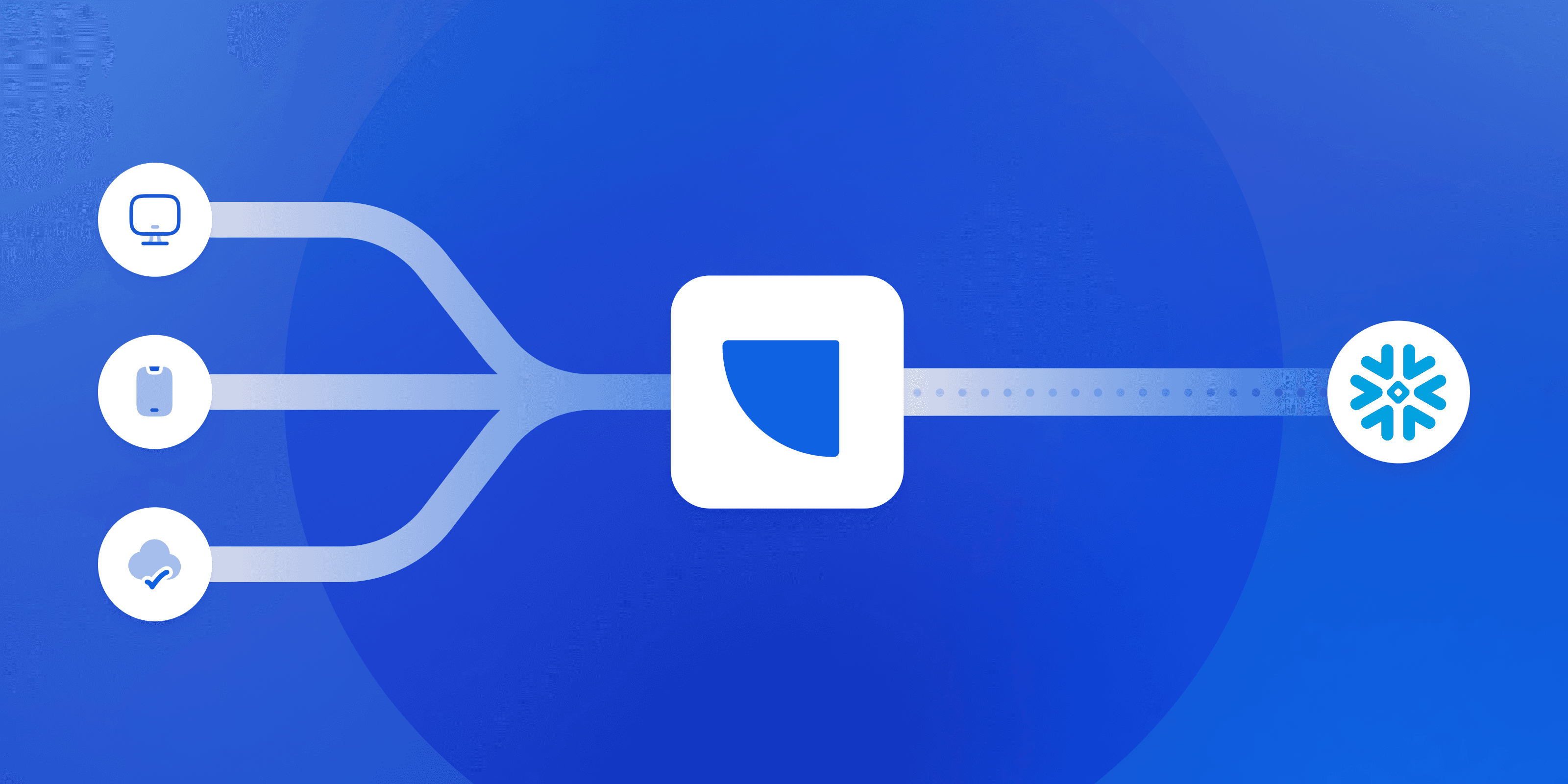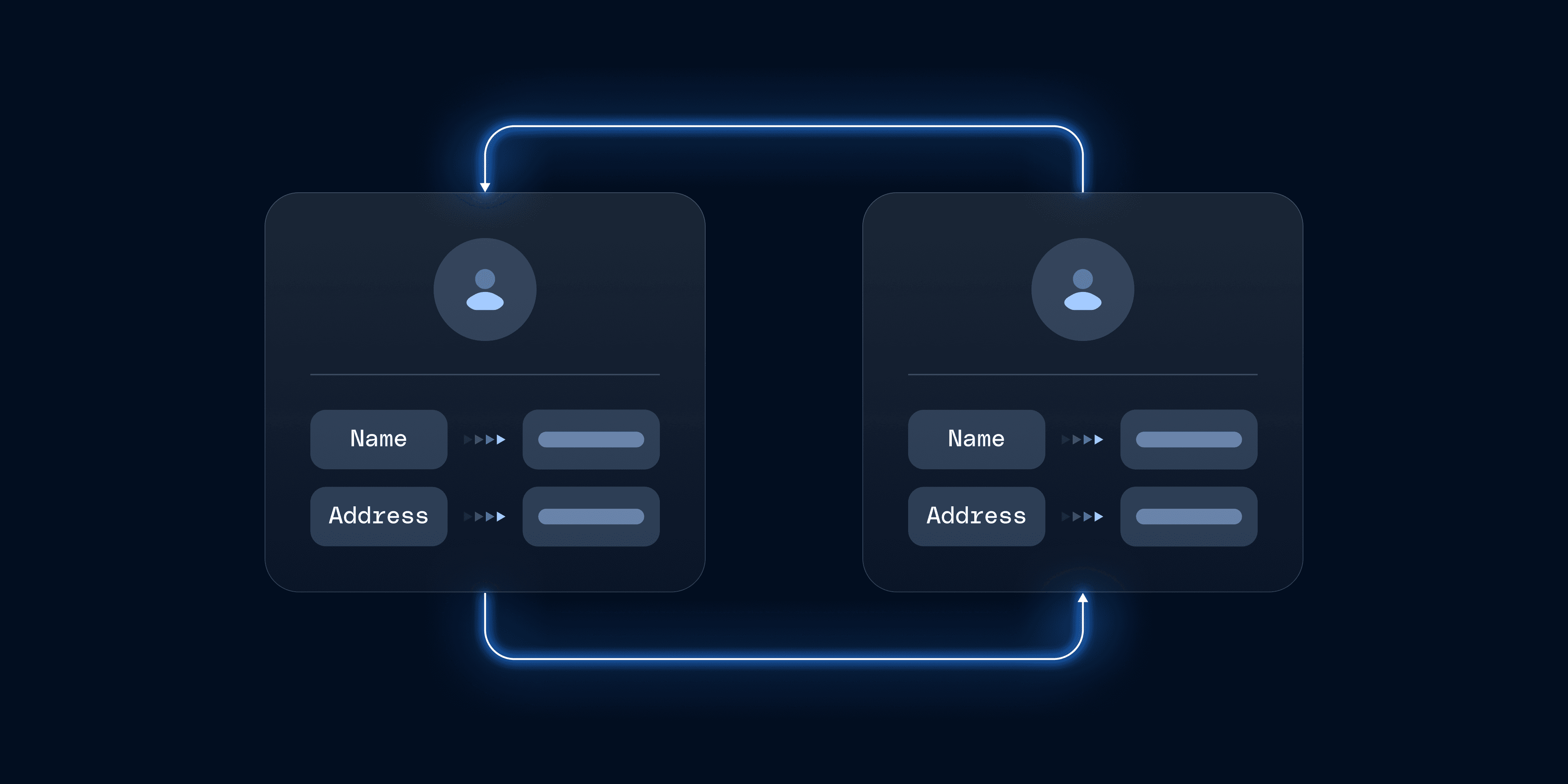Rudderstack blog
News from RudderStack and insights for data teams

Feature launch: Snowflake Streaming integration
Feature launch: Snowflake Streaming integration
With our Snowflake Streaming integration, you can get customer event data from every source into Snowflake faster (and save on your Snowflake bill!). Read the launch blog to learn more.
Unified data platform: How it works & why you need one
by Brooks Patterson
Understanding event data: The foundation of your customer journey
by Danika Rockett
Event streaming: What it is, how it works, and why you should use it
by Brooks Patterson

Holistic data governance: The key to customer data quality and compliance
Learn how holistic data governance improves customer data quality and compliance, and how RudderStack’s data cloud-native customer data infrastructure helps enforce tracking plans, PII controls, and monitoring across your stack.

What is an identity graph? How it works and why it matters
Learn what an identity graph is, how it links emails, device IDs, and logins, and how to build a privacy-first identity resolution foundation for accurate attribution, personalization, and analytics.

Build vs. buy data pipeline: How to decide
In this article, we'll break down the key components of modern data pipelines, weigh the trade-offs between building and buying, and walk through scenarios to help you make the right choice.

Data privacy compliance: Principles, regulations, & best practices
Learn what data privacy compliance means, how it differs from security compliance, key regulations like GDPR and CCPA, and practical steps to protect PII across real-time customer data pipelines.

Data collection crossroads: When to use RudderStack or Google Tag Manager (or both)
In this post, we’ll review three options for how to implement RudderStack with Google Tag Manager, based on experience we’ve gathered across thousands of implementations.

IBM × Confluent: Is real-time streaming cool again?
IBM’s acquisition of Confluent signals a new era for real-time data. AI agents can no longer operate on batch pipelines; they need instant customer context. This blog breaks down why real-time streaming is now essential infrastructure for AI.

Breaking down data bottlenecks: How teams can gain efficiency with proper customer data infrastructure
Understanding customer insights is critical for business growth across all teams. But this growing need for data can create unexpected bottlenecks, particularly when a single person or team becomes the gatekeeper for all data collection requests.

Data integration trends shaping 2025 and beyond
Explore the top data integration trends for 2025, from real-time and composable architectures to privacy-first pipelines and AI-ready data. Learn how RudderStack helps teams build scalable, governed integration stacks.

Data security compliance: A guide for modern data teams
Learn what data security compliance really means, why it matters for modern data teams, and how to design a secure, compliant data stack with centralized pipelines, consent enforcement, and tools like RudderStack.







